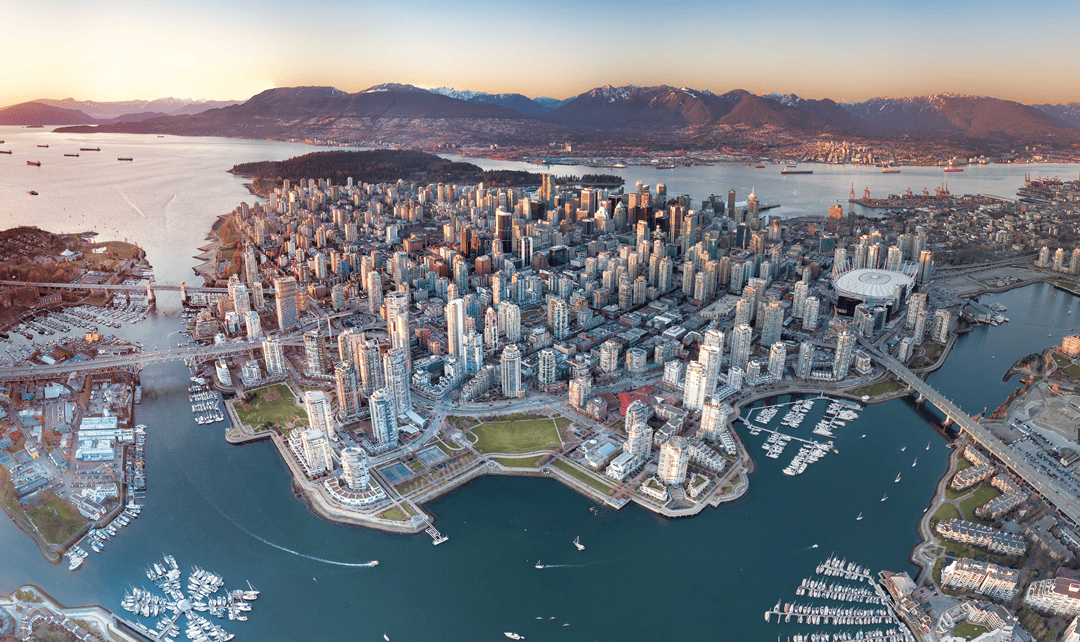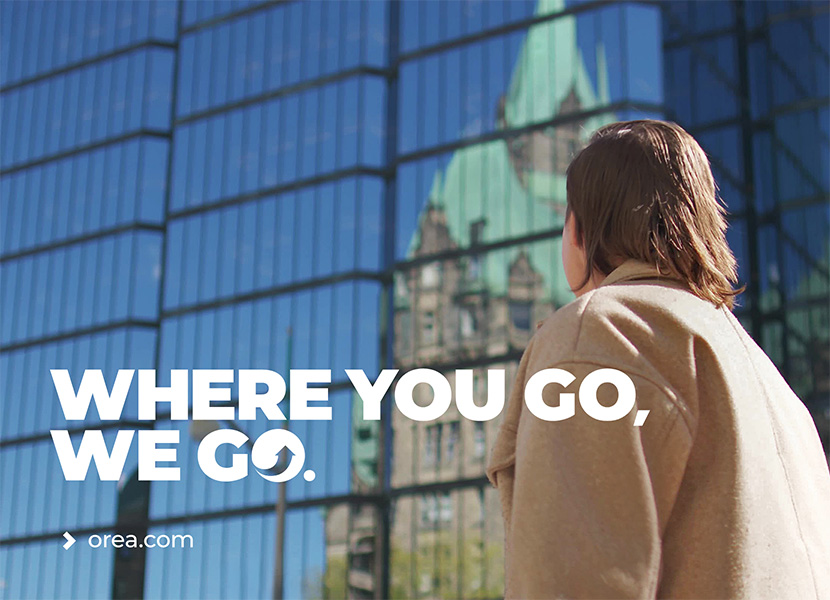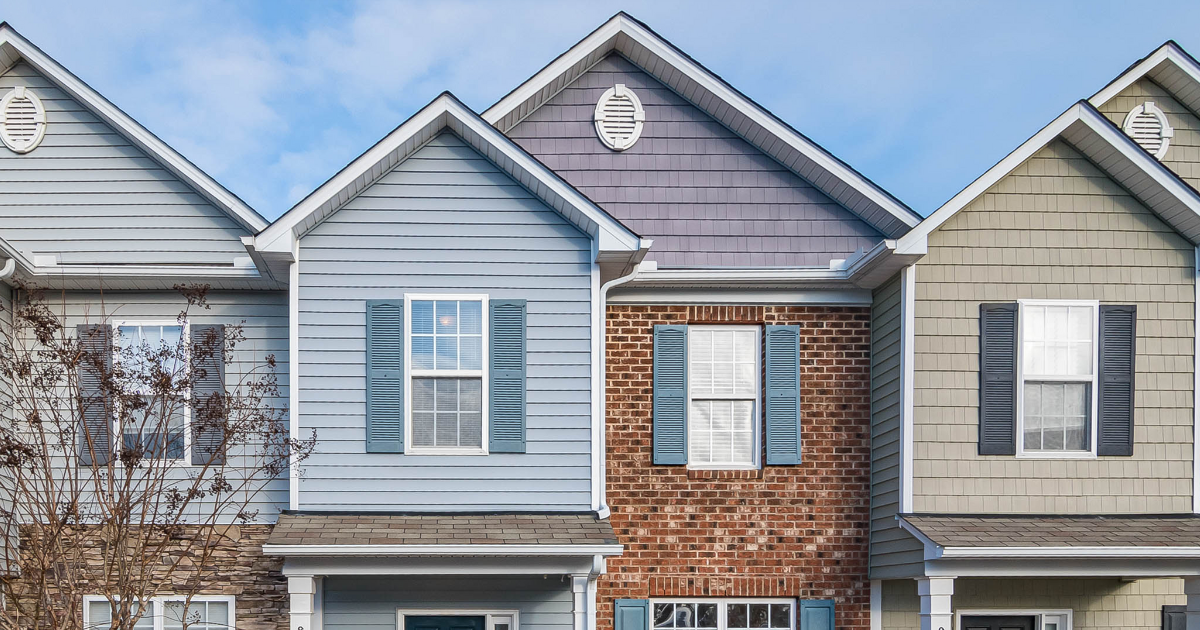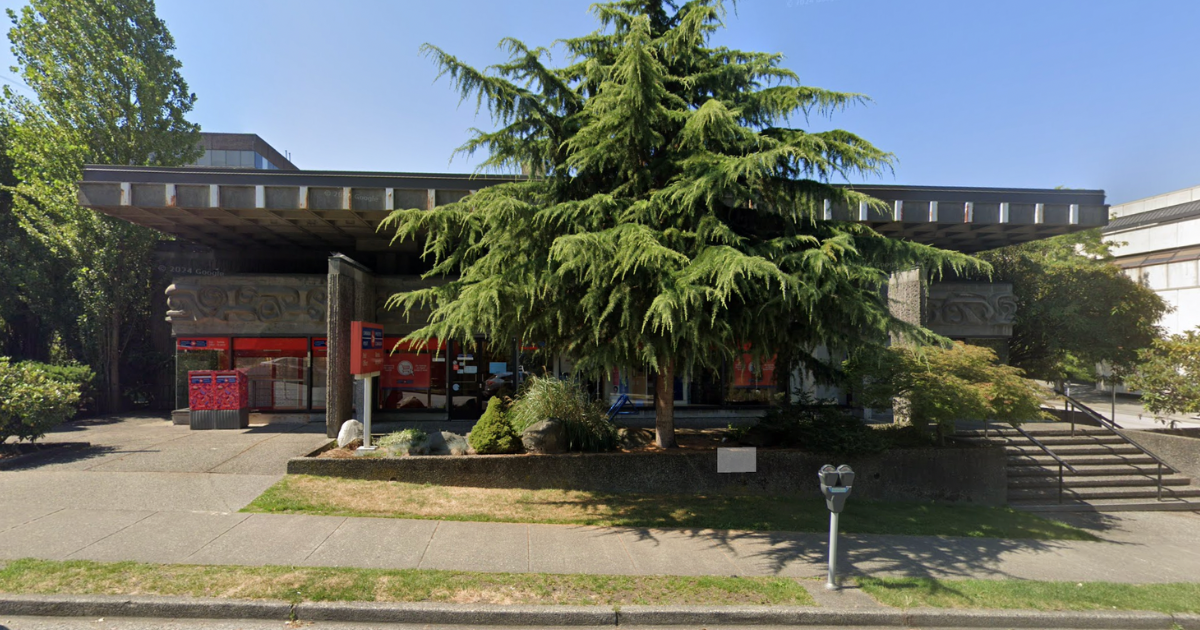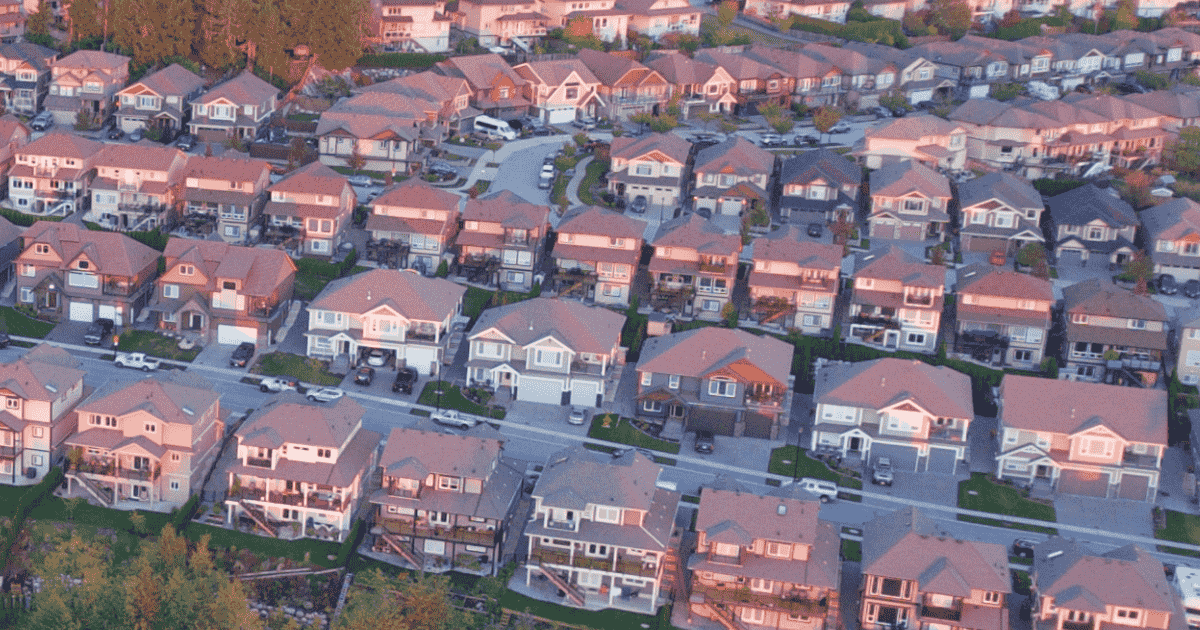The pandemic has changed everything. It has changed how and where Canadians work and how they want to live. Here are some of the biggest differences in buying patterns now versus previous years.
Prior to COVID-19, across many major North American cities, we were seeing the continuation of a pattern that started in 1985, where people left the suburbs and low-density housing on the city’s fringes and moved into the core. This contrasts with what occurred from about 1945 to 1985: lots of veterans who returned from the war had originally lived in city cores with their families. Upon coming home, they were given inexpensive loans to build housing because there was a shortage, and they moved into the suburbs. It was at this time that the development in South Vancouver, Burnaby, Richmond, North Vancouver and other places happened.
This pattern of people moving from the core out to the suburbs switched back around 1985, when they started moving from lower density areas back into the core of the city. The trend, sometimes referred to as “new urbanism”, was continuing and accelerating up until the pandemic hit us.
Now, with COVID-19, it’s a total throwback to what we had from 1945-1985. People are leaving the cores of cities for suburbs – but for different reasons this time around. Before, during the baby boom, it was less expensive for growing families. As well, car emissions controls had a lot to do with it – there were no controls from 1945-1970 and cars were pumping out huge amounts of pollution. So, in dense cities, the air quality was really poor. Starting in the 1970s, there were emissions controls, which made the air quality better and the cities nicer. As well, heavy industry moved from cores of cities out to the suburbs.
What we’ve seen with COVID-19 is a complete reversal: people aren’t moving out of the city for the same reasons. Due to COVID-19, as people are being forced to be cooped up working from home, they want enough space to get their jobs done comfortably. If they have the choice to work from a one-bedroom apartment or sell it for $700,000 and get a single-family home in, say, Squamish, the Fraser Valley or on Bowen Island, they may very well choose to move, especially if they have a dog or kids.
There is also a lot of anxiety about high-density living. I sell a lot of condos and you get many people in small spaces like elevators. People are hesitant about sharing space because they’re nervous about contracting the virus.
Property prices
During the pandemic, Vancouver prices have remained stable for pretty much all real estate types. For single-family housing in lower-density areas, we’ve seen significant price appreciation, and there has been some appreciation in condos. But we’re seeing high-density properties with lower sales ratios and lower-density properties with higher sales ratios.
In Vancouver, people from the Downtown Eastside are being moved by the city to areas they weren’t normally spending time in before. As a result, we’re seeing the disorder and crime associated with the Downtown Eastside happening in neighbourhoods it usually didn’t prior to COVID-19, and people are very anxious about that.
About 20 per cent of my business right now is with people – primarily women – who no longer feel comfortable in the downtown core. There have also been many unpleasant news reports about incidents like mothers and babies being threatened by drug addicts with needles, people being robbed at gunpoint or people being attacked. Many people are feeling pretty uncomfortable with the whole situation, which is unfortunate because it could have been avoided with better decision-making from our politicians.
It’s been really interesting. Markets that were historically quiet, like the Sunshine Coast, are on fire now! Places like Victoria, Nanaimo, the Fraser Valley, Squamish – all where you can get more space for less money – are really busy. In contrast, the downtown core and smaller one-bedroom places are very soft and quiet, and we’re seeing some downward pressure on price.
Once the vaccine has been widely distributed, downtown Vancouver properties will likely do extremely well and prices will surge. There are a lot of people who have grown up or spent time in an urban space and have become used to being able to walk everywhere, to places like great restaurants and the seawall, without having to drive. Many people have moved away quickly and may realize they want to move back to the city. So, I personally think dense, urban properties will do very, very well.
Even now, I think the consensus is you need to be able to come to the office sometimes, even if it’s an hour or hour-and-a-half drive. Many bosses won’t be okay with their staff, say, moving to Edmonton while still working for them in Vancouver, but if they can reasonably get to an office as needed it should be fine.
The broad social forces that cause people to favour small, dense housing units are related to population. Historically, thinking about tradition three generations ago, most of our grandmothers and female ancestors did not live on their own. Children were born into a family home where they grew up, and the women stayed with their family until they got married. Then, they typically started a new family and household of their own with their husband, and the cycle continued.
Now many people choose not to have children and to live on their own for extended periods of time, or even for their entire lives. There is a huge demand for these small, urban spaces with great walkability. This also explains why there’s so much more demand for housing than there was in the past. Before, the demand was from families, which is what household structures were, but now that family structure is a much smaller percentage of the population.
The increase in unemployment has occurred primarily among lower-income people, such as those working in the service industry, who weren’t buying real estate before. This is why we’re not seeing a big drop in sales volumes in Vancouver and its surrounding areas. The people who couldn’t afford real estate are getting laid off, and those who were buying real estate before COVID-19 continue to do so.
We’re also seeing older people staying in their larger homes longer than they’d planned, instead of downsizing to a condo, because they’re concerned about the risk of COVID-19.
For the very elderly, many are putting off selling, or if they are selling, it’s through a “sight unseen” sale. For instance, I was looking for a house for myself that was inhabited by a couple in their early 90s, and they simply wouldn’t allow people inside. Stipulations like this definitely make the purchase process challenging.
Popular areas
As I said, Bowen Island, the Fraser Valley, Victoria and Nanaimo are really popular.
The Vancouver west-side market was much slower and quieter prior to COVID-19, but now it’s quite busy and hot. This is mainly due to stimulus in the economy that benefits high-income people, but also because many people want to be in lower-density housing and have the resources to move forward with that.
Everyone wants a single-family house. It’s like it was prior to 1990 or 1995 – people want their patch of green grass. If they can’t quite get that, they want a townhouse or duplex with their own front door and direct access to the outdoors. People want low density so they can walk down the street without being close to others.
Another trend is that people are moving to places for lifestyle reasons. For instance, someone who loves snowboarding or kiteboarding could move to Squamish; if they love sailing, they might go to Nanaimo or Victoria; and if they want a rural lifestyle, they may likely go to the Fraser Valley. As well, recreational properties (cabins or cottages) are really popular, such as those with sea access to Indian Arm.
Mike Stewart is an award-winning Realtor in Vancouver. His focus is on the condos, townhouses and houses in and around downtown Vancouver. As a born and bred Vancouverite, he has lived in many areas of the city and is passionate about Vancouver and real estate in this city.










